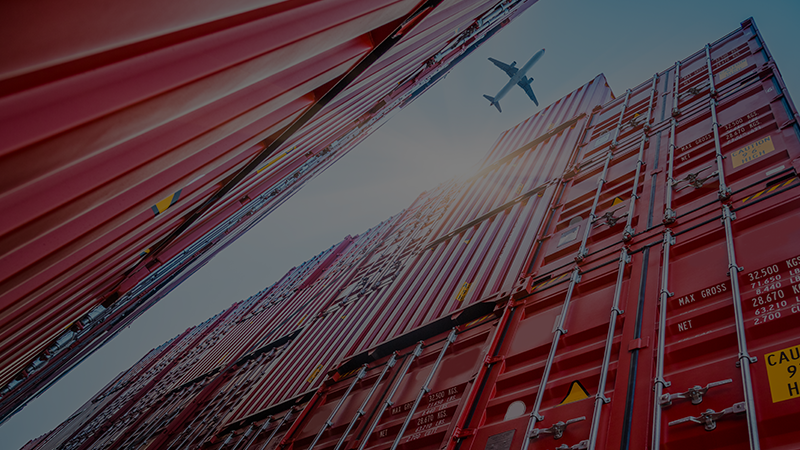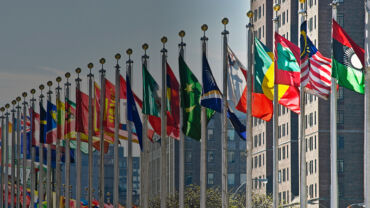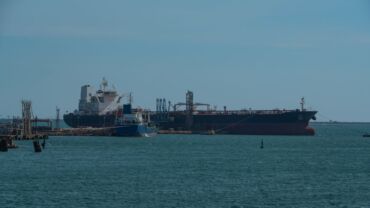Tips and best practices for analyzing potential risks in your supply chain.
Jump to:
| Managing supply chain issues through uncertainty |
| Best practices for mitigating supply chain risk |
| How global trade software can help manage your supply chain |
While it’s no secret that the global supply chain is dynamic and complex, the disruptions seen over the past several years have highlighted the need for companies to build more robust and resilient supply chain management.
From the global pandemic to geopolitical concerns to economic shifts, a challenging business landscape is driving many businesses to reassess and diversify their supply chains to mitigate potential vulnerabilities.
“The global, integrated nature of modern supply chains means that no region of the world is unaffected by these disruptions,” says Zoe Martinez, Thomson Reuters Global Trade Proposition Lead for Asia and Emerging Markets. Likewise, very few companies in the world have not experienced a shortage of something from somewhere that has impacted their supply chain, she says—there simply is no escape.
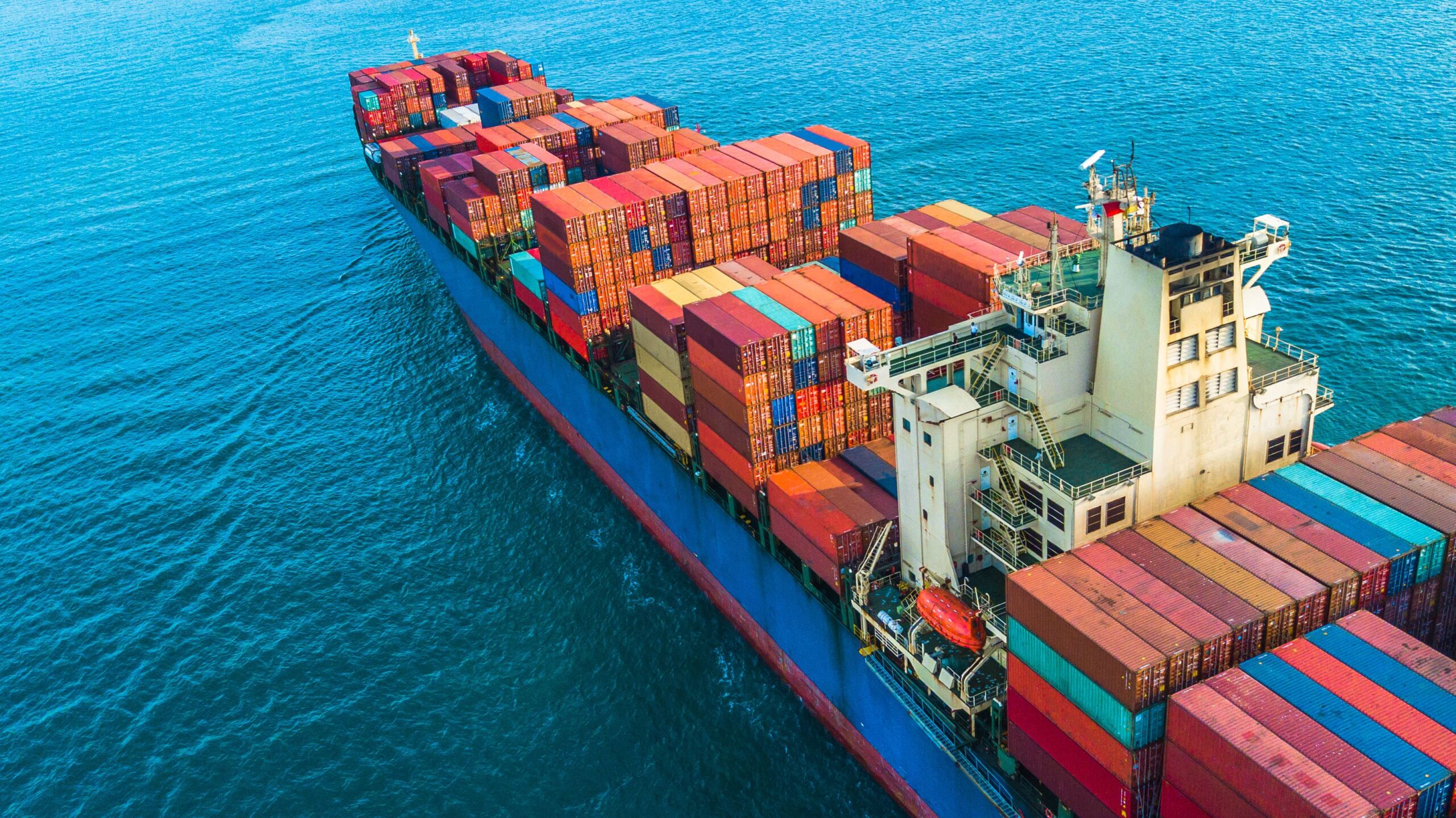 |
Webinar seriesGet tips and best practices from global trade experts on how to identify and mitigate risk in your supply chain in this free on-demand webinar series, Strategies to mitigate supply chain risk and disruption. |
Managing supply chain issues through uncertainty
Nevertheless, there are many ways that companies can mitigate the impact of sanctions and supply chain issues on their business operations. There are also many technological tools available to help companies manage their supply chains in an increasingly fractious and unpredictable world.
“Among the most formidable challenges companies face now is simply keeping up with all the country-specific sanctions and regulatory changes being issued, not to mention sanctions on individuals, screening for denied parties, and updates for Export Clearance Numbers (ECNs) and Harmonized Systems (HS) numbers,” Martinez says.
The speed and scope of these changes are dizzying, and things are not likely to slow down anytime soon. Global trade professionals play a pivotal role in the execution of environmental, social & governance (ESG) strategies because of the presence of cross-border supply chains. Practices like screening your local and global business partners is essential to protecting your company’s reputation and safeguarding your organization from violating denied entity regulations.
Best practices for mitigating supply chain risk
In a world so unstable, how can companies protect their supply chains and minimize the risk of disruption?
Here are a few important best practices for companies concerned about international trade logistics and compliance:
1. Identify supply chain vulnerabilities
“Companies with vulnerable supply chains should identify weak links in the chain and work alongside suppliers to decentralize production or find alternative suppliers in other regions,” advises Fernando Tochini Aliaga, Senior Product Manager for ONESOURCE Global Trade. Decentralizing and diversifying a supply chain provides greater flexibility and resilience, he says, and gives companies options when sanctions, embargoes, and other unexpected compliance risks demand a sudden pivot.
2. Stay current with global trade regulations and compliance requirements
It’s essential that companies stay current with all trade regulations that apply to them and stay apprised of the latest sanctions or other official actions that may impact their business. Not only is this smart leadership, but it is also the surest way to avoid costly penalties, loss of trade privileges, and damage to a brand’s reputation.
Though it is an enormous task, it’s essential to monitor all sanctions announcements, denied-party screening lists, and any new embargo or licensing requirements that may impact the supply chain, including those that affect second-and third-tier suppliers.
For example, the Office of Foreign Assets Control’s (OFAC) 50% Rule states that companies cannot have any association with a denied person or a company or entity in which a denied party has more than 50% ownership, whether or not the entity itself is on the list. Before engaging with a new supplier, Aliaga says, it is important to determine whether they have any association whatsoever with a denied party.
3. Educate your team on all supply chain issues, processes, and procedures
“Everyone involved with supply chain, import or export processes must understand the concepts of denied parties, sanctions, and embargoes,” Tochini Aliaga insists. Furthermore, these essential concepts should be baked into Standard Operating Procedures (SOPs), and any new protocols should be thoroughly documented and incorporated into the company’s training.
4. Ensure supply chain compliance through automation
Given the complexity and scope of modern global trade governance, and the speed at which sanctions and regulations are changing, automation is the best way to ensure compliance. The ONESOURCE Global Trade suite is specifically designed for this task. Companies use software that automates the entire lifecycle of the global trade process across the supply chain, so they stay compliant.
How global trade software can help manage supply chain issues and mitigate risk
International corporations can turn to Thomson Reuters ONESOURCE Global Trade suite, which is specifically designed to protect global companies from supply chain issues.
For example, the ONESOURCE Trade Analysis module allows supply chain managers to analyze their compliance costs and risks, and to identify potential opportunities for alternative sourcing and distribution strategies. Likewise, the ONESOURCE Denied Party Screening tool continuously monitors more than 750+ global lists for restricted persons, sanctions, embargoes, and companies owned by denied entities. Other tools in the suite, such as Global Trade Content, ensure compliance with foreign trade regulations in more than 210 countries and territories.
As the world trade situation continues to evolve, the best way for companies to minimize the risk of trade disruptions, manage supply chain issues, and ensure regulatory compliance is to combine tools such as these with best practices that everyone in the supply chain understands and embraces.
SolutionsGain visibility into your supply chain while automating compliance. |
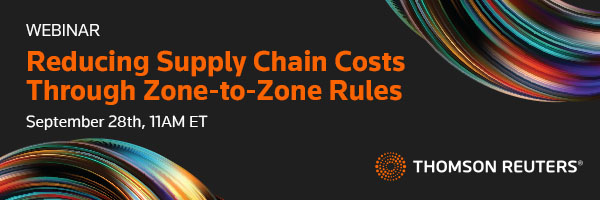 |
WebinarLearn how how companies can leverage zone-to-zone rules to reduce costs in their supply chain. |
